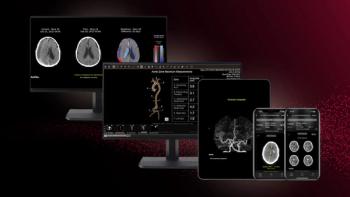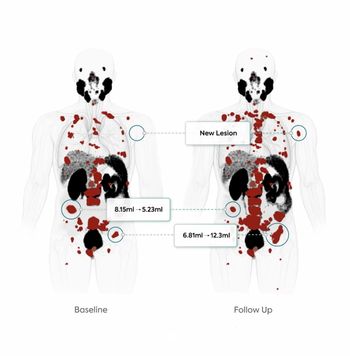
GE Releases AI-Enhanced Women’s Health Ultrasound with Industry-First Tools
Voluson SWIFT is designed to shorten scan time and improve efficiency.
GE Healthcare unveiled its Voluson SWIFT ultrasound system, a tool intended to help women’s health providers augment their diagnostic capabilities and bolster patient outcomes, on Wednesday.
According to a company statement, this product includes industry-first artificial intelligence (AI) algorithms that support auto-recognition, as well as improved augmented design, high image quality, and efficiency features. It is currently 510(k) pending at the U.S. Food & Drug Administration.
Ob/Gyns face some of the highest rates of burnout, a Medscape survey released earlier this year revealed, and the pandemic environment has added pressures. Consequently, company officials said, Voluson SWIFT – which is based on input from 200 women’s health providers – is intended to make daily workflow more manageable.
“Voluson SWIFT has redefined one of the most essential tools obstetrics and gynecology clinicians rely on, delivering a contemporary design, intuitive user interface, and intelligent workflow supported by AI,” said Roland Rott, general manager of women’s health ultrasound at GE Healthcare.
Based on company details, Voluson SWIFT includes an embedded AI platform that features SonoLyst, the first fully integrated AI tool that recognizes 20 views. These views are recommended by the International Society of Ultrasound in Obstetrics and Gynecology mid-trimester practice guidelines for fetal imaging, and they optimize scan workflow by 73 percent over 2D workflow.
In addition, Voluson SWIFT also includes:
- Scan assistant tool that can reduce patient scan times by 45 percent through simplified workflow and personal protocol customization.
- SonoBiometry measurements are 38-percent faster than previous platforms, with three added measurements have increased system automation by 60 percent.
- SonoCNS – part of GE’s Edison intelligence platform, reduces keystrokes for capturing fetal central nervous system planes and measurements by 78 percent.
Newsletter
Stay at the forefront of radiology with the Diagnostic Imaging newsletter, delivering the latest news, clinical insights, and imaging advancements for today’s radiologists.



























